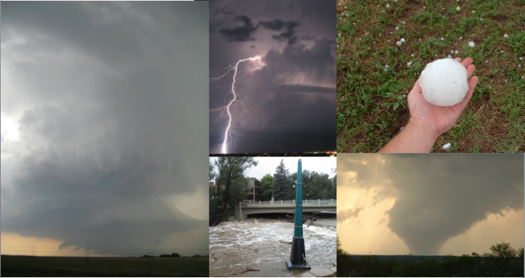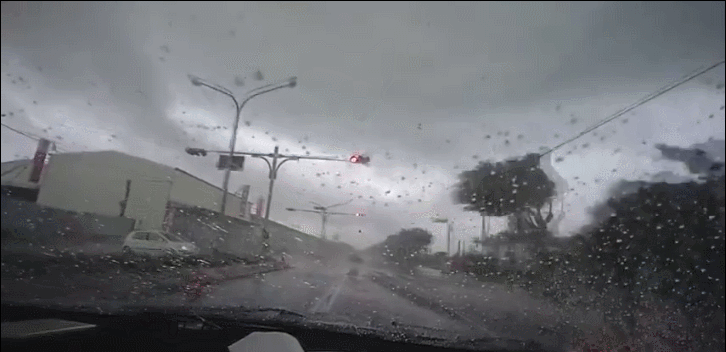The Anatomy and Danger of Severe Thunderstorms
Severe thunderstorms are responsible for more death, injuries and damage than tornadoes or hurricanes over the course of an average year. They can grow to more than 10 miles in height, produce hail the size of softballs and winds that exceed 75 MPH. Some are associated with frontal systems that blow through during the spring and summer while others pop up randomly on hot, humid days. These storms represent a force of nature that deserves fear and respect, yet they hardy get the attention they deserve.
Downdrafts
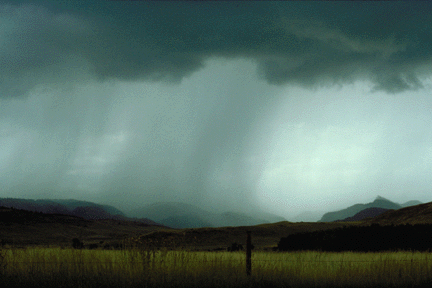
Severe storms can cause wind to blast out from their edges at blazing-fast speeds and with incredible force. Wind damage can range from broken tree branches to uprooted trees, downed power lines and destroyed roofs. Most injuries and deaths occur as the result of being crushed from falling trees or from electrocution. Downdrafts are difficult to predict and can occur with little or no advance warning.
Hail
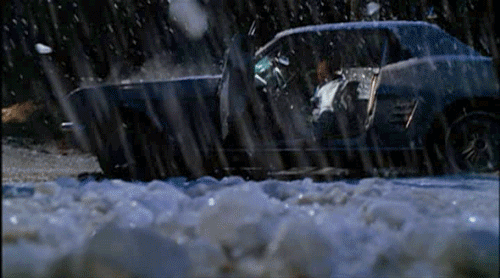
Large hail can wreak havoc on communities and create millions of dollars in property damage in just a few minutes. They can also cause serious injury to people who are trapped outdoors and exposed to these falling ice-cubes. Believe it or not, hail causes many accidents that lead to injury as well as death because motorists can not see or control their vehicles.
Torrential Rain
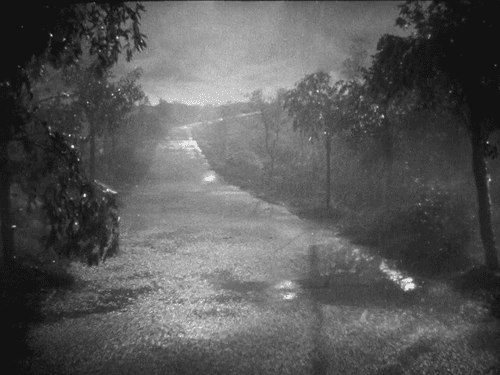
Rain that is produced by a super-cell or severe storm can fall at more than 6 inches per hour, which is an incredible amount of precipitation by any standard. However, rain usually comes in fast-moving sheets that reduce visibility, drench surfaces and overwhelm storm drainage systems. Flash flooding is a major concern during severe weather, and dry ground can be replaced with torrents of rushing water that can destroy anything in its path.
Tornadoes

Tornadoes usually form at the back end of storm systems that have just the right blend of tropical moisture and unstable air. Their destructive power goes without saying, and it is not uncommon to see entire communities destroyed in a matter of seconds. However, it seems that tornadoes are striking in areas that are not prone to these types of storms with greater frequency. Unfortunately, many of these areas are not prepared or equipped to deal with the impact of a direct hit as effective as their counterparts in tornado alley.
The consequences of severe thunderstorms can also pose threats to security, safety and survival. Power outages, impassable roads and wide-spread damage can disrupt lives in hard-hit communities. Everything from fuel and food distribution to emergency services and basic utilities can be disrupted for days following a brief, but severe storm.
Don’t underestimate the destructive power of severe thunderstorms. It’s important to pay attention to forecasts and weather reports throughout the day if storms are on the horizon. Develop contingency plans for where to take shelter if you get caught in its path. The last place anyone should be is outside or on the road as a severe thunderstorm passes through.
